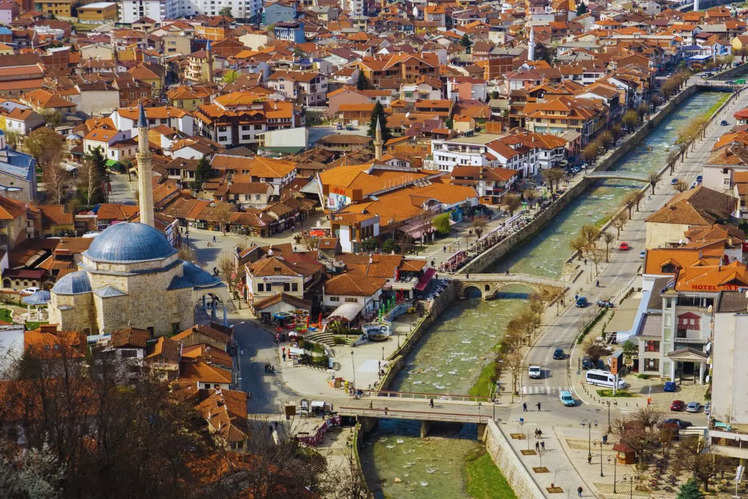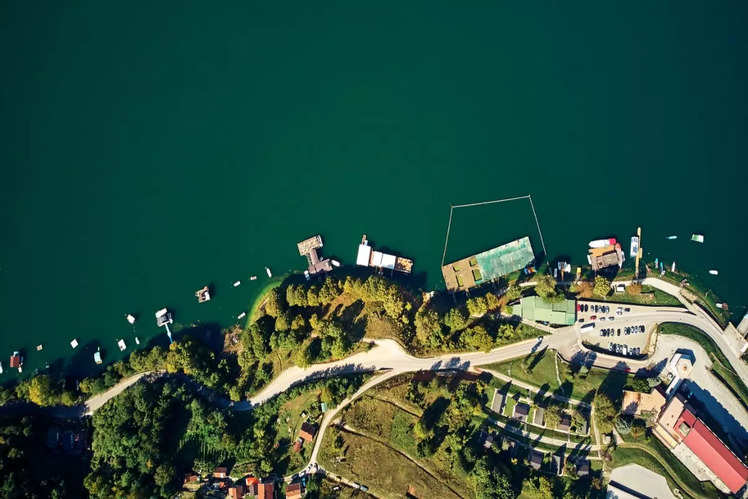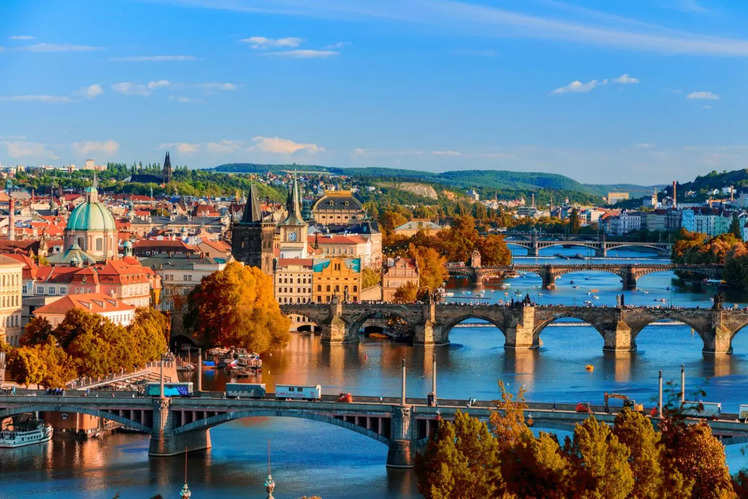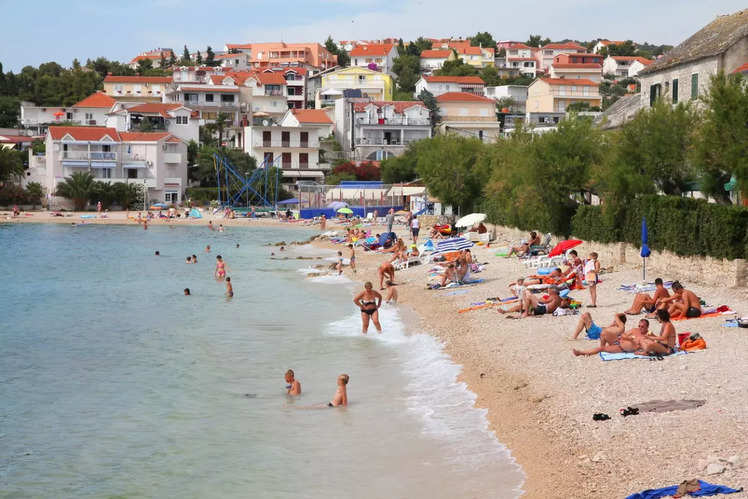The world’s newest or the youngest nations stand out not only for their recent establishment but also for the unique challenges and opportunities they face. From South Sudan, born out of decades of conflict, to Kosovo navigating its path to international recognition, each of these countries has a unique history.
In this article, we will tell you about 10 of the world’s newest countries.
 |
South Sudan (Independence on July 9, 2011)
South Sudan gained independence from Sudan in 2011, marking the end of decades of civil war. It is known for its diverse ethnic groups and struggles with political stability.
 Credit: iStock Credit: iStock |
Kosovo (Independence on February 17, 2008)
Kosovo declared independence from Serbia in 2008, a move recognized by many countries but not all. It faces challenges in state-building and international recognition.
 Photo courtesy: Canva Photo courtesy: Canva |
Montenegro (Independence on June 3, 2006)
Montenegro declared independence from the State Union of Serbia and Montenegro in 2006 after a referendum. It is known for its Adriatic coastlines and is a candidate for European Union membership.
 Credit: iStock Credit: iStock |
Serbia – Independence: June 5, 2006
Following the dissolution of the State Union of Serbia and Montenegro, Serbia declared independence in 2006. It has since focused on economic reforms and European integration.
 Photo courtesy: Canva Photo courtesy: Canva |
East Timor (Independence on May 20, 2002)
The Democratic Republic of Timor-Leste, formed in 2002, is a picturesque island nation in Southeast Asia.
 Credit: iStock Credit: iStock |
Palau (Independence on October 1, 1994)
Palau became independent from the United States in 1994 under a Compact of Free Association. It is renowned for its marine biodiversity and efforts in environmental conservation.
 Credit: iStock Credit: iStock |
Eritrea (Independence on May 24, 1993)
Eritrea gained independence from Ethiopia in 1993 after a long independence struggle. It faces challenges in governance, human rights, and economic development.
 Credit: iStock Credit: iStock |
Czech Republic (Independence on January 1, 1993)
The Czech Republic, or Czechia, emerged as an independent nation in 1993 following the peaceful dissolution of Czechoslovakia. Prague, its capital, is renowned for its architectural beauty.
 Credit: iStock Credit: iStock |
Slovakia (Independence on January 1, 1993)
Slovakia, the other half of Czechoslovakia, also gained independence on January 1, 1993, becoming a separate nation alongside the Czech Republic.
 Credit: iStock Credit: iStock |
Croatia (Independence on June 25, 1991)
The Republic of Croatia declared independence on June 25, 1991. Today, Croatia is becoming increasingly popular as a vibrant tourist destination in Europe.













Leave a Reply